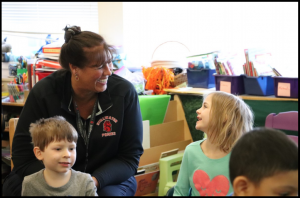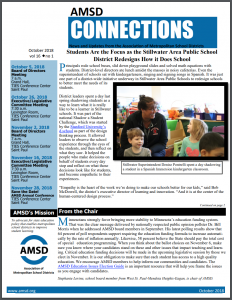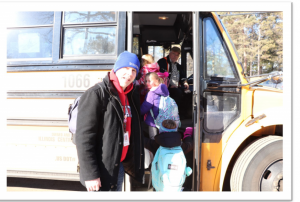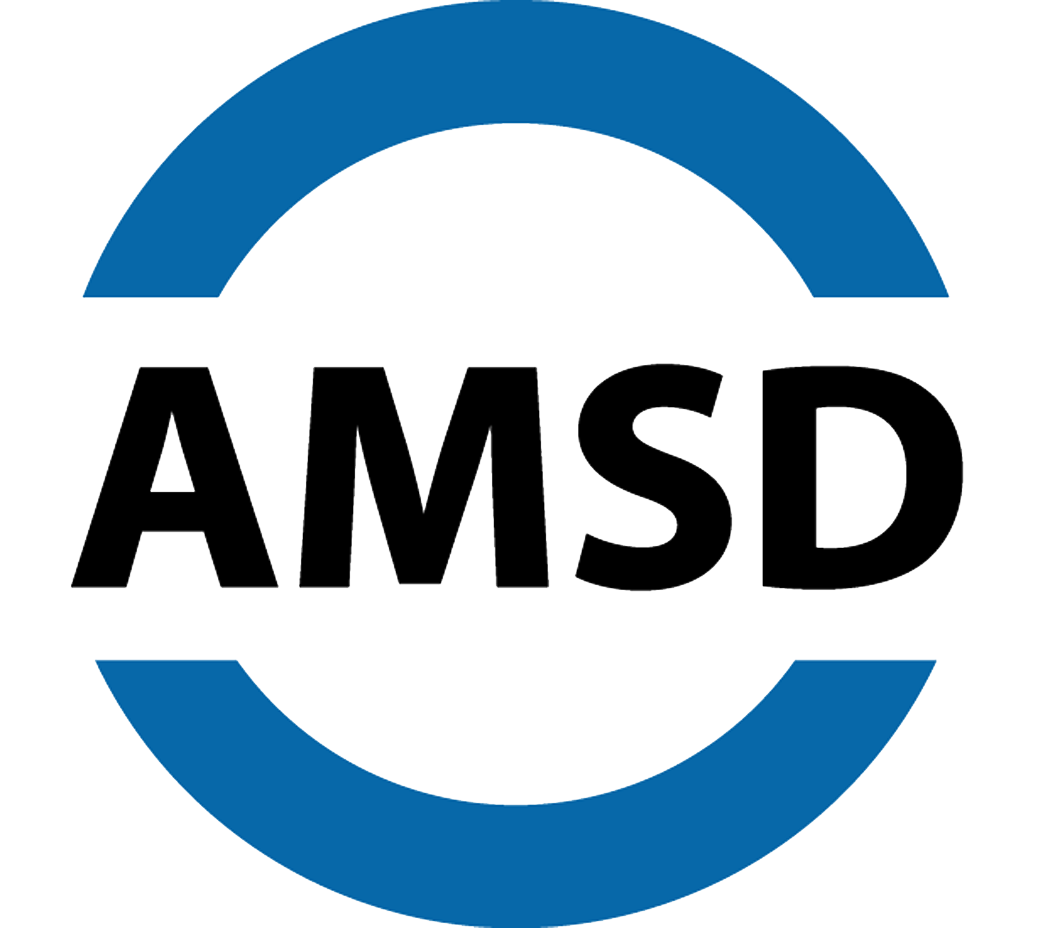Member Spotlight: Students Are the Focus as the Stillwater Area Public School District Redesigns How it Does School
Member Spotlight is a monthly feature in the AMSD Connections member newsletter.
Principals rode school buses, slid down playground slides and solved math equations with students. District-level directors ate lunch amidst the masses in noisy cafeterias. Even the superintendent of schools sat with kindergarteners, singing and signing songs in Spanish. It was just one part of a district-wide initiative underway in Stillwater Area Public Schools to redesign schools to better meet the needs of its students.

District leaders spent a day last spring shadowing students as a way to learn what it is really like to be a learner in Stillwater schools. It was part of the national Shadow a Student Challenge, which was started by the Stanford University’s d.school as part of the design thinking process. It allowed leaders to observe the school experience through the eyes of the students, and then reflect on what they saw. It helped the people who make decisions on behalf of students every day stop and reflect on what those decisions look like for students, and become empathetic to their experiences.
“Empathy is the heart of the work we’re doing to make our schools better for our kids,” said Bob McDowell, the district’s executive director of learning and innovation. “And it is at the center of the human-centered design process.”
The district has adopted human-centered design as a framework, and is using the process on everything from strategic planning to curriculum development. Human-centered design is all about building a deep empathy with the people you’re designing for; generating tons of ideas; building prototypes; sharing those prototypes with the people you’re designing for; and eventually implementing innovative new solutions. It provides opportunities for staff to think creatively and challenges them to always start with the question, “How might we …” as they consider new opportunities for the user—which could be students, parents, or staff members.

Last year a small group of district administrators were trained in human-centered design and used the process to help guide strategic planning in the district. Over the summer, more than 120 local teachers and school leaders took to the streets of downtown Stillwater as part of a design thinking conference hosted by the district. The deep dive was part of the first-ever partnership between a Midwestern school district and Stanford’s d.school. This year, the district is going even deeper and using human-centered design as it develops new opportunities for students.
Here are just a few ways human-centered design is helping Stillwater rethink what school can be:
Strategic planning: District leaders engaged design thinking processes to gather feedback from the community and design a new strategic plan.
Pony IdeaQuest: Staff members participate in a “crowd-based innovation” process that allows them to submit the next great idea to solve an issue they have encountered either personally as an employee, or that they’ve observed for our students or families. The entire staff can view all of the submitted ideas, and then vote for the ones they think should move forward. Last year, five ideas were selected to be further developed and piloted. The next idea quest begins in October.
Student innovation teams: Elementary and secondary students are being trained in the human-centered design process and given the opportunity to define a problem they’ve encountered within the system and ultimately submit their innovation solutions to district leaders for implementation.

High school innovation team: A group of teachers, counselors, and administrators are setting out to rethink high school to better engage students and provide more relevant learning experiences. They’ll be using design thinking to build deep empathy for the students they’re designing for and use student voice to help re-create the high school experience. Rather then replicate what’s being done in other places, they’re focused on designing something unique to Stillwater to meet the specific needs of our students and our communities.
“Our schools—like nearly all public schools in the nation—have been slow to change over the past 100 years,” said Superintendent Denise Pontrelli. “Yet the world we’re preparing our students for looks drastically different. It’s exciting to see our staff, students and even our community begin to wonder what we might do differently to better serve our students and more fully engage them in their learning.”
This month’s member spotlight was submitted by Carissa Keister, community engagement manager, Stillwater Area Public Schools.
